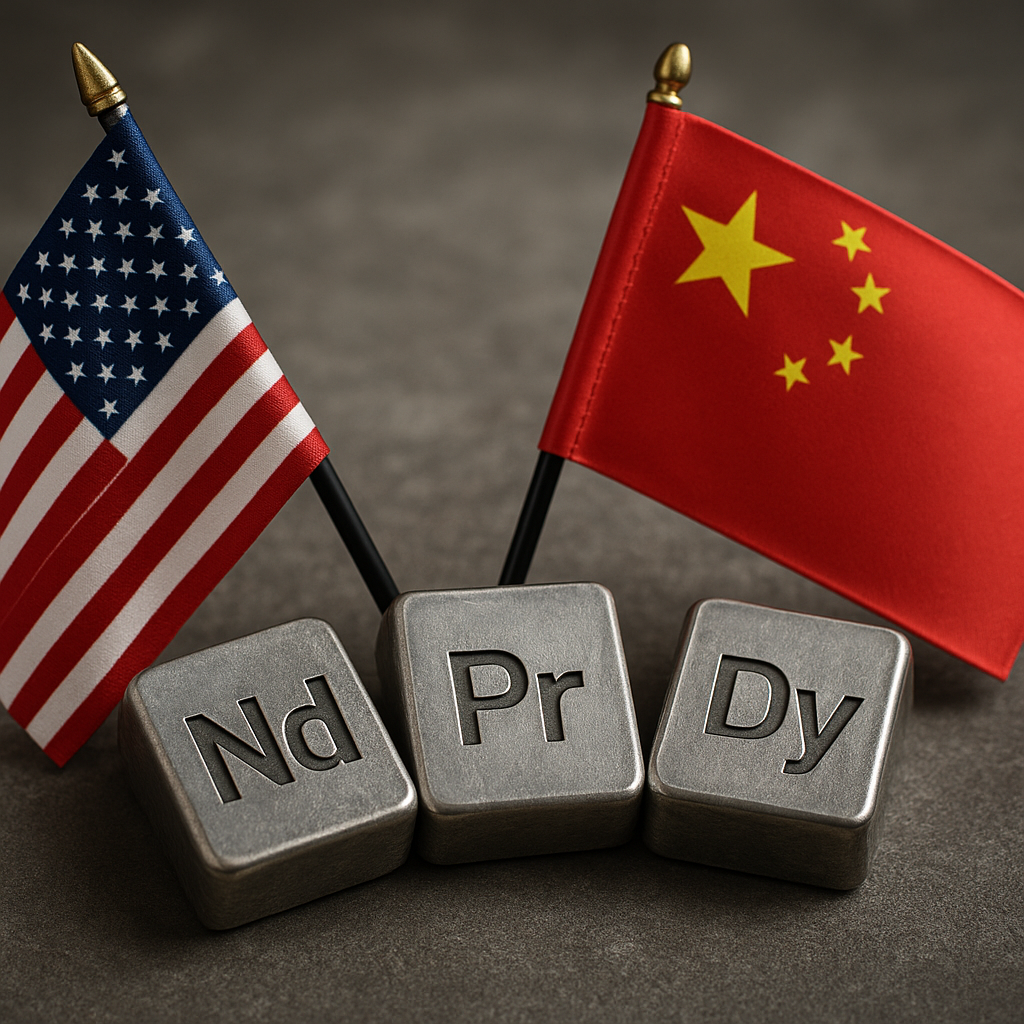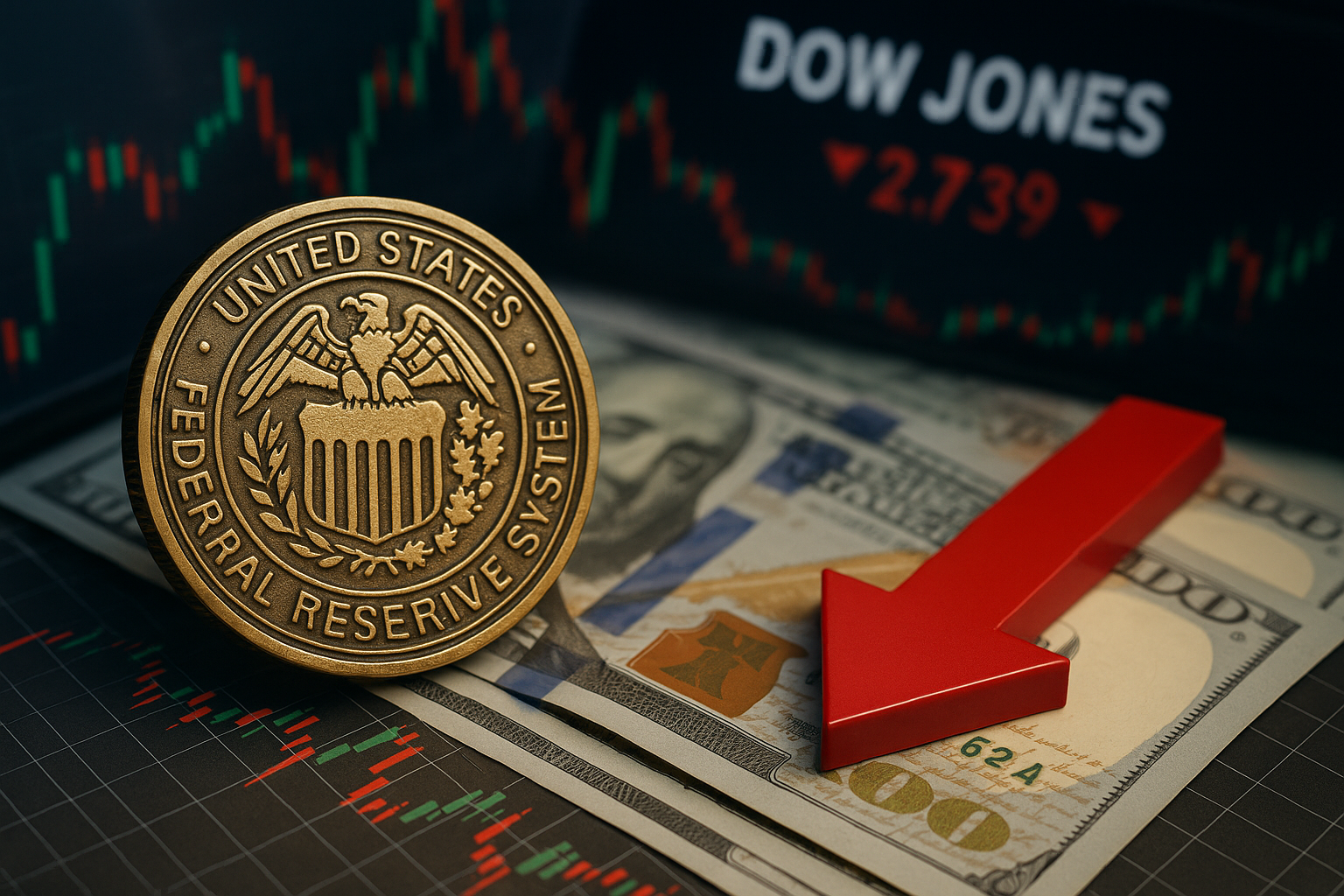While U.S. markets take a breather for Labor Day, investors are watching closely as a pivotal appeals court ruling reshapes the conversation around tariffs and trade. The decision, which limits certain Trump-era presidential powers on imposing tariffs, adds new layers of uncertainty to the political and economic outlook heading into September.
Trade Politics in Focus Amid Market Pause
The U.S. holiday closure has muted trading volumes, but it hasn’t slowed the flow of political headlines that matter to investors. According to AP News, the appeals court’s ruling curbs the executive branch’s latitude in setting unilateral trade measures—a move that could redefine future U.S. trade negotiations.
With tariff policy already a flashpoint in U.S.–China and U.S.–Canada relations, the decision may dampen or delay the use of tariffs as a quick political lever. For investors, this means trade dynamics could shift toward more predictable, legislatively anchored processes, potentially reducing volatility but also slowing reactive policy responses.
Why This Matters for Investors
Tariffs have long been an undercurrent driving equity and commodity markets. For instance, the U.S.–China tariff escalations in 2018–2019 directly impacted the S&P 500, agricultural exports, and industrial stocks. By curbing presidential powers, the appeals court may limit sudden tariff shocks, a factor that could stabilize certain sectors like manufacturing and logistics.
Canadian markets, while quieter today, are not immune. Cross-border trade accounts for roughly $1.8 billion daily between the U.S. and Canada (USTR, 2024). A recalibration of U.S. tariff powers introduces both risks and opportunities: exporters gain some clarity, but political negotiations could drag on longer, affecting sentiment in resource-heavy Canadian industries.
Future Trends to Watch
- Legislative Gridlock Risks – If tariff authority shifts more heavily toward Congress, partisan divides may delay decisive trade actions. Investors should watch Washington for signs of bipartisan trade frameworks.
- Sector Sensitivity – Industrials, automotive, and agricultural stocks remain the most sensitive to tariff shifts. Any indication of prolonged uncertainty could weigh on these sectors.
- Global Repercussions – A more predictable U.S. trade policy may encourage allies like Canada and the EU to push for longer-term deals, while adversaries such as China may exploit the slower U.S. policymaking process.
Bloomberg analysts note that reduced unilateral power could lower geopolitical volatility premiums in the market, though not eliminate them. Meanwhile, RBC Economics highlights that Canadian exporters are keeping a “cautious but optimistic” stance as details emerge.
Key Investment Insight
For investors, the tariff ruling is less about immediate price action and more about positioning for medium-term stability. Watch for:
- Export-driven equities in Canada that may benefit from a more rules-based U.S. tariff process.
- Logistics and manufacturing firms that could see reduced headline-driven volatility.
- Commodities like steel and aluminum, which remain sensitive to tariff announcements, but may now experience less abrupt pricing swings.
Key Takeaways
The holiday pause offers markets a moment of calm, but the appeals court’s tariff ruling is a significant development with potential ripple effects in trade, politics, and investor sentiment. As U.S.–Canada relations remain under the spotlight, the recalibration of tariff powers could ultimately temper volatility while slowing reactive political maneuvering.
Investors should closely monitor cross-border trade data, sector performance, and Washington’s legislative dynamics in the coming weeks. Stay tuned with MoneyNews.Today for continued analysis and actionable insights as these political and economic narratives unfold.





